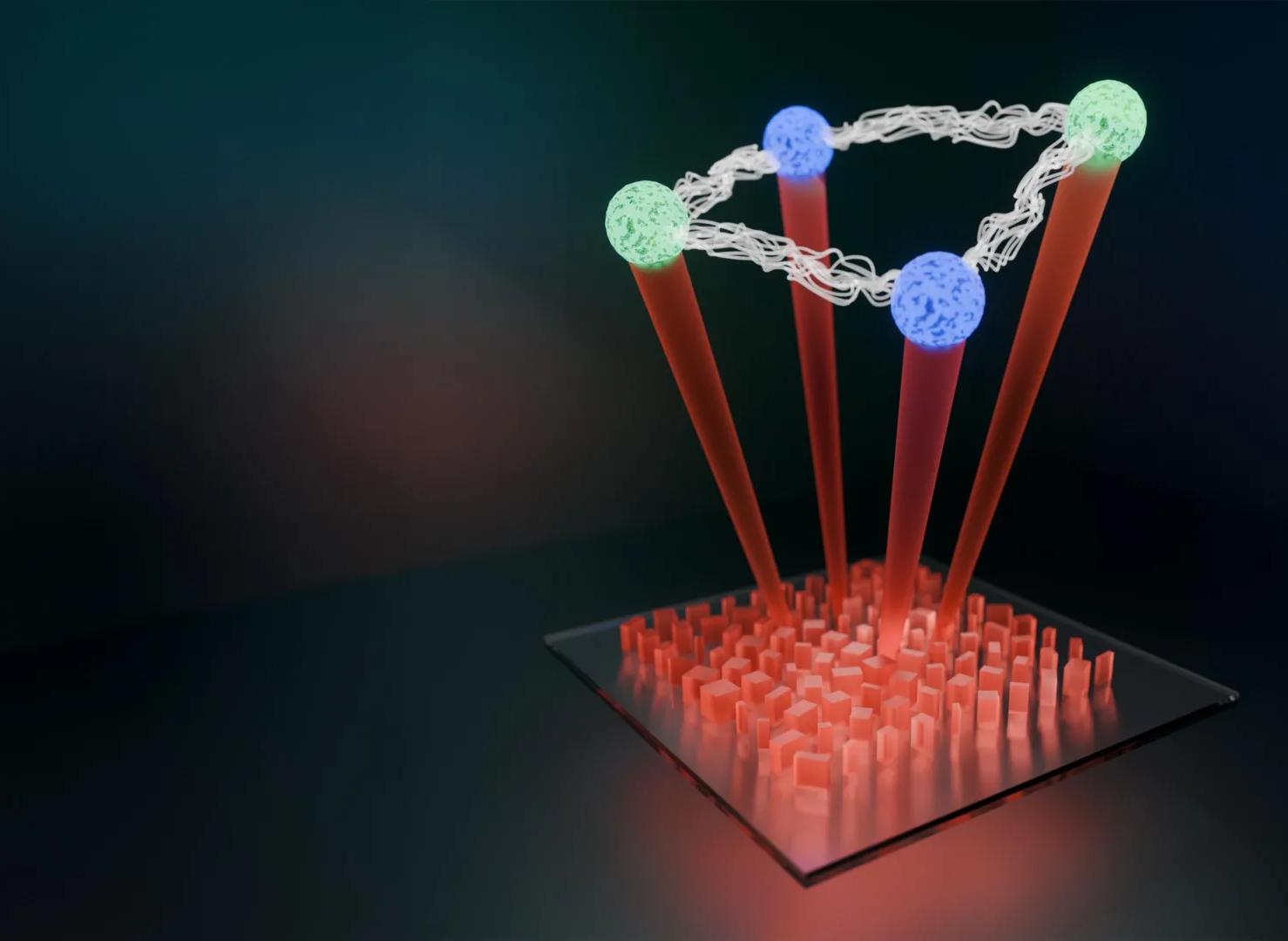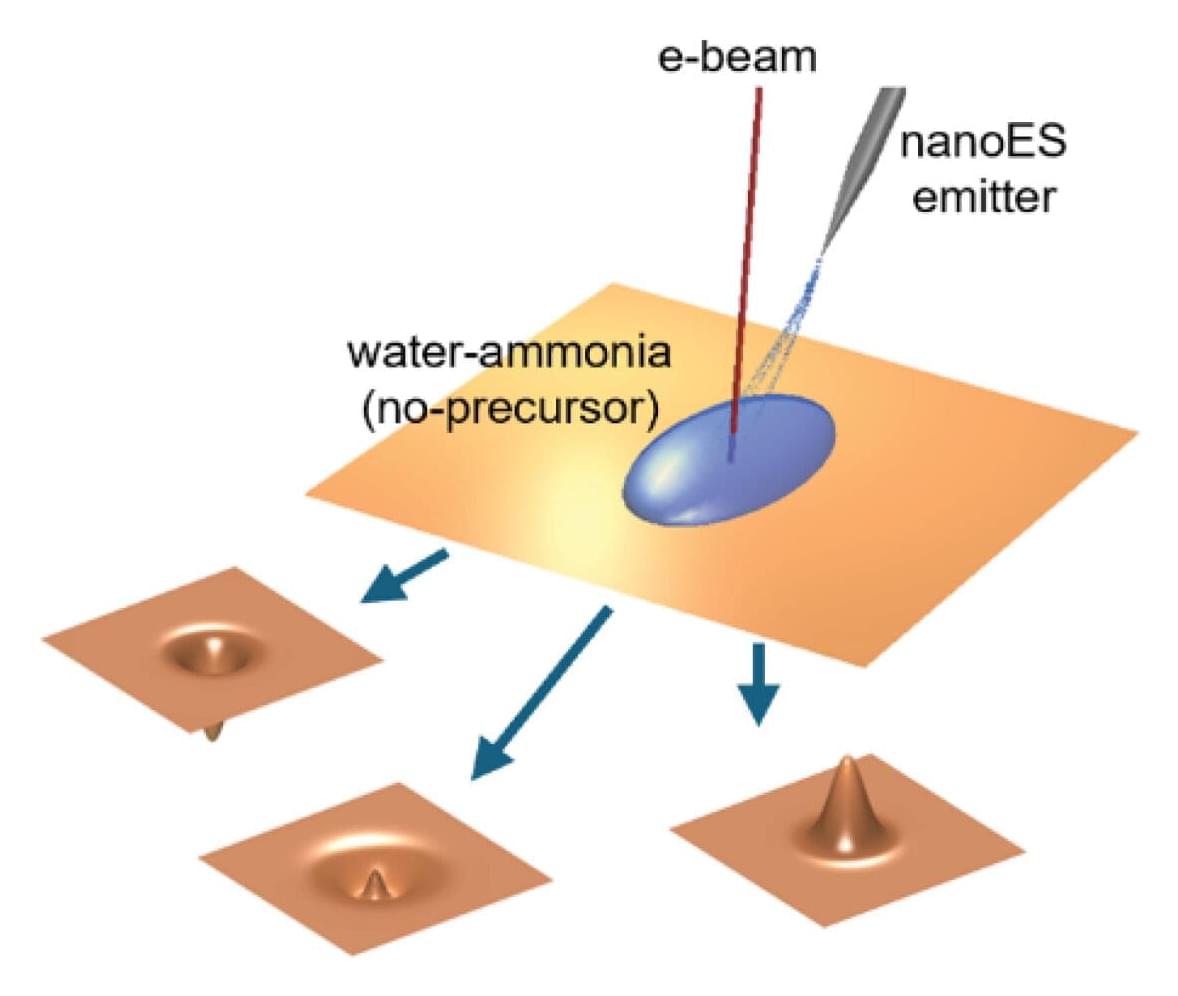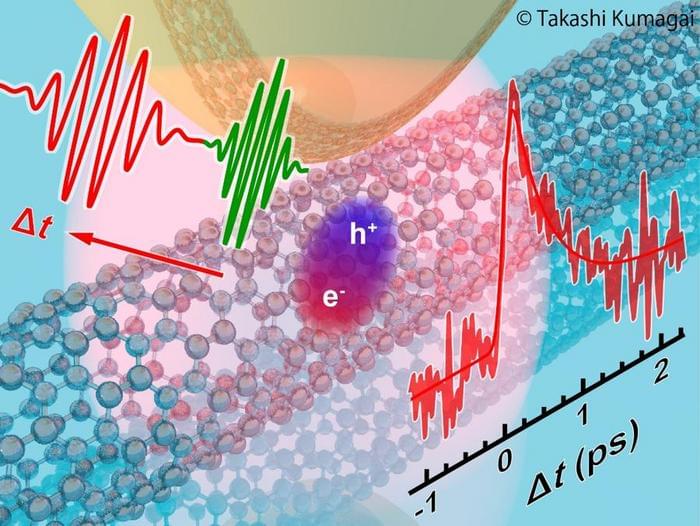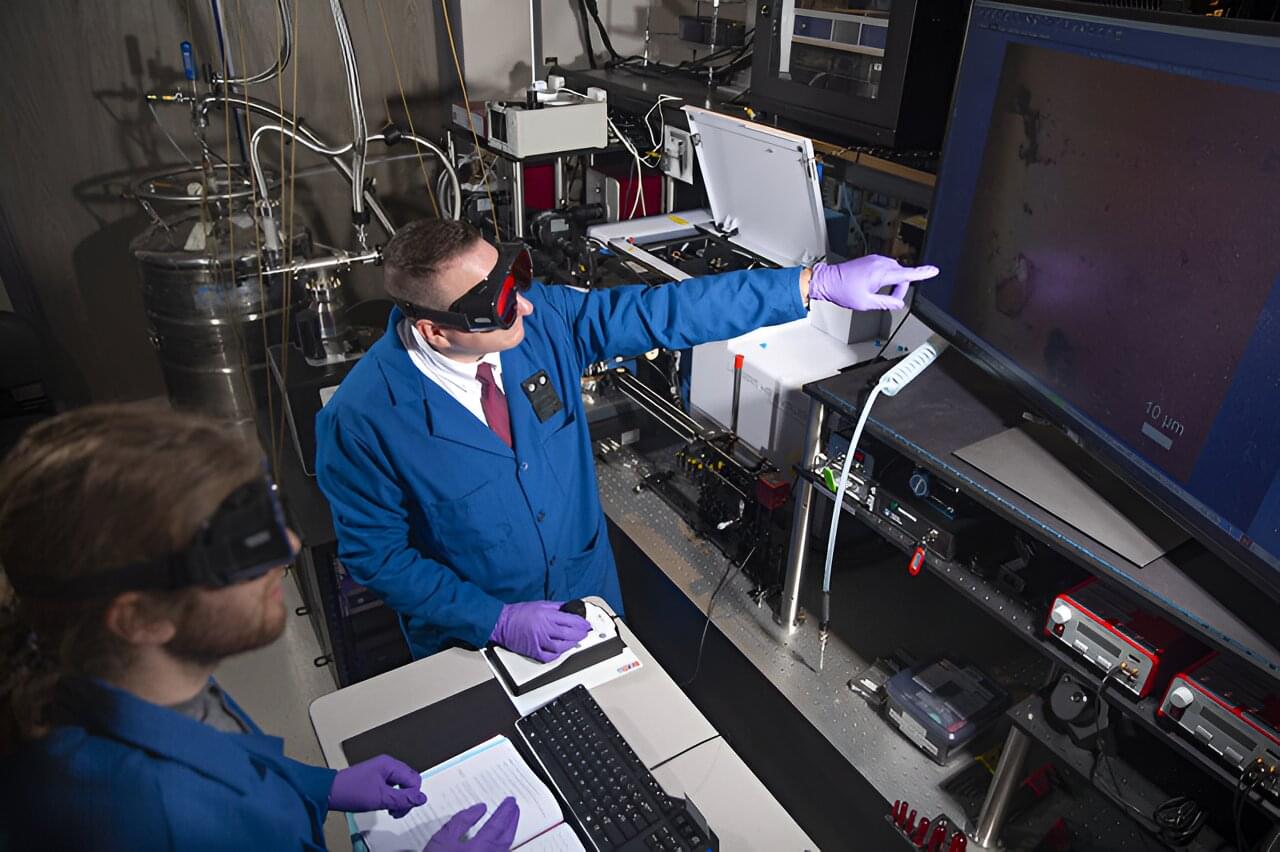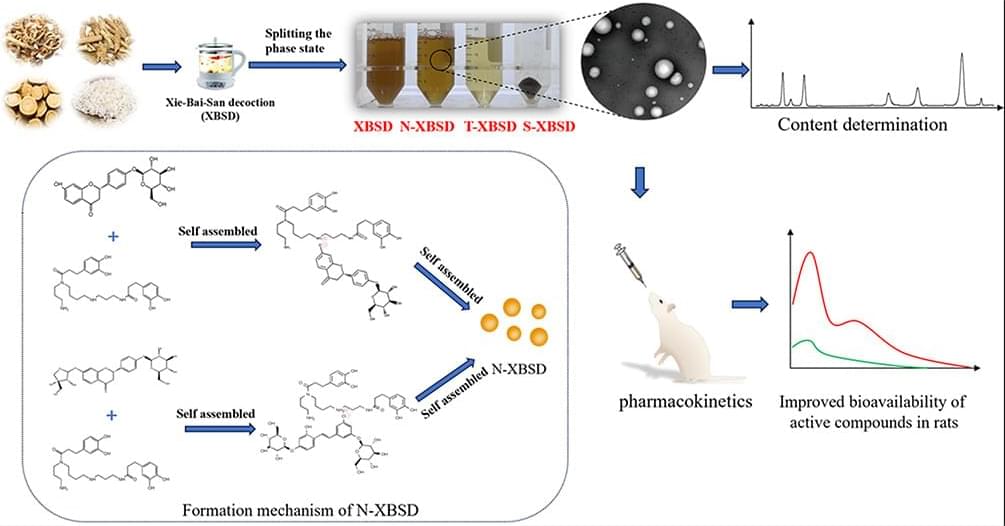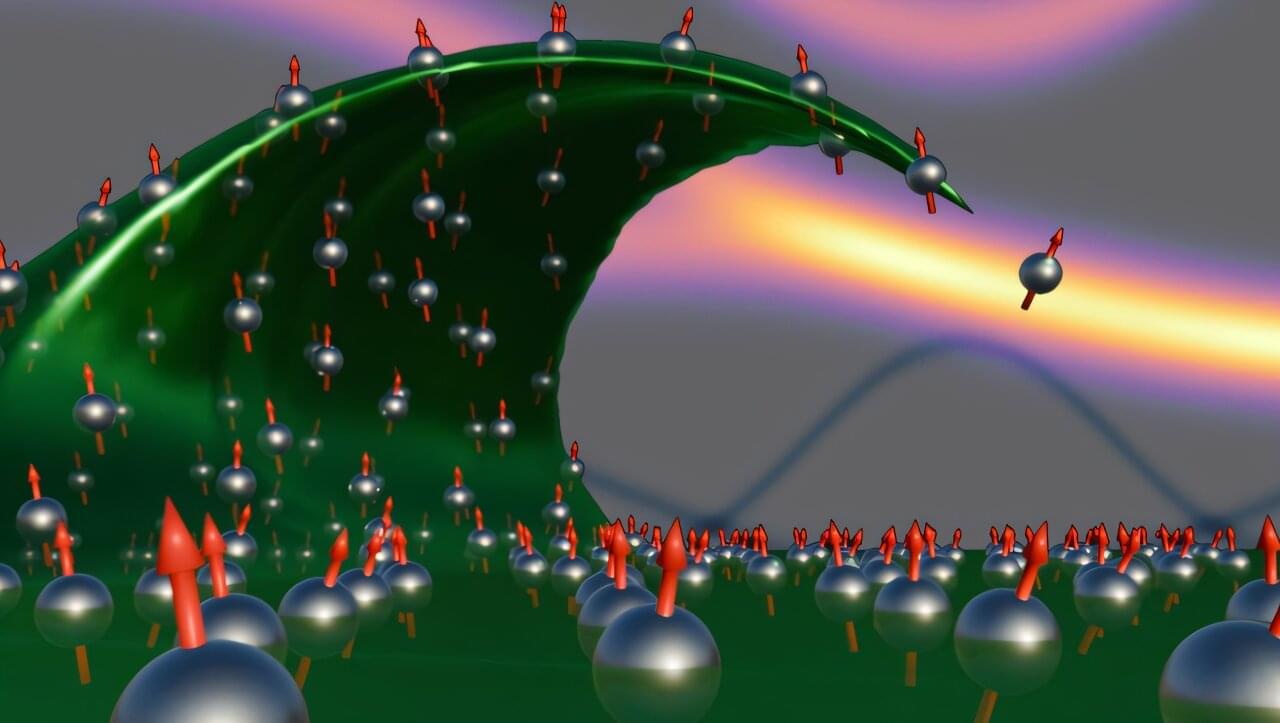Crystals and glasses have opposite heat-conduction properties, which play a pivotal role in a variety of technologies. These range from the miniaturization and efficiency of electronic devices to waste-heat recovery systems, as well as the lifespan of thermal shields for aerospace applications.
The problem of optimizing the performance and durability of materials used in these different applications essentially boils down to fundamentally understanding how their chemical composition and atomic structure (e.g., crystalline, glassy, nanostructured) determine their capability to conduct heat. Michele Simoncelli, assistant professor of applied physics and applied mathematics at Columbia Engineering, tackles this problem from first principles — i.e., in Aristotle’s words, in terms of “the first basis from which a thing is known” — starting from the fundamental equations of quantum mechanics and leveraging machine-learning techniques to solve them with quantitative accuracy.
In research published on July 11 in the Proceedings of the National Academy of Sciences, Simoncelli and his collaborators Nicola Marzari from the Swiss Federal Technology Institute of Lausanne and Francesco Mauri from Sapienza University of Rome predicted the existence of a material with hybrid crystal-glass thermal properties, and a team of experimentalists led by Etienne Balan, Daniele Fournier, and Massimiliano Marangolo from the Sorbonne University in Paris confirmed it with measurements.
